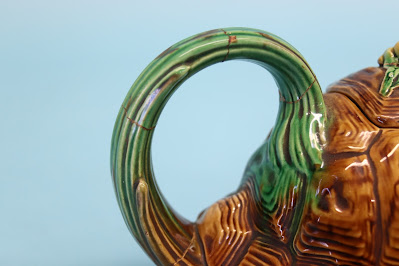We have an interesting collection of Sunderland Lustre for auction on 27th July.
Lustreware was originally developed in Staffordshire by Wedgwood in the early 1800s and was marketed as 'Moonlight' pottery. The Sunderland factories replicated this in a fairly cheap manner and the pottery became highly popular for collectors and people from the North East. It was in production until the early 1930s.
There were 16 potteries in Sunderland of which 7 are known to have produced lustre warein the 19th century. Many are not marked and are hard or impossible to distinguish from similar wares made in Staffordshire pottery, as well as Newcastle upon Tyne and North Shields, so to some extent Sunderland has become a term for the style, rather than a specific indication of origin.
The Sunderland factories mostly made fairly cheap and popular pieces, many of them plaques, especially rectangular ones with "picture frame" edges, and an image of inscription in the central panel; these are usually in the characteristic pink colour. These might be a transfer-printed image of a ship, celebrity, or building, or a painted personal inscription (known as presentation pieces). Many used the "splash lustre" effect, achieved by dropping drops of oil onto the lustred piece before firing.
It is normally found in a pink form, but orange and other colours are also found. Typical pieces are plaques with moral or religious images and texts, and jugs featuring a design incorporating the bridge over the River Wear, or various heraldic - especially Masonic - devices.



















































